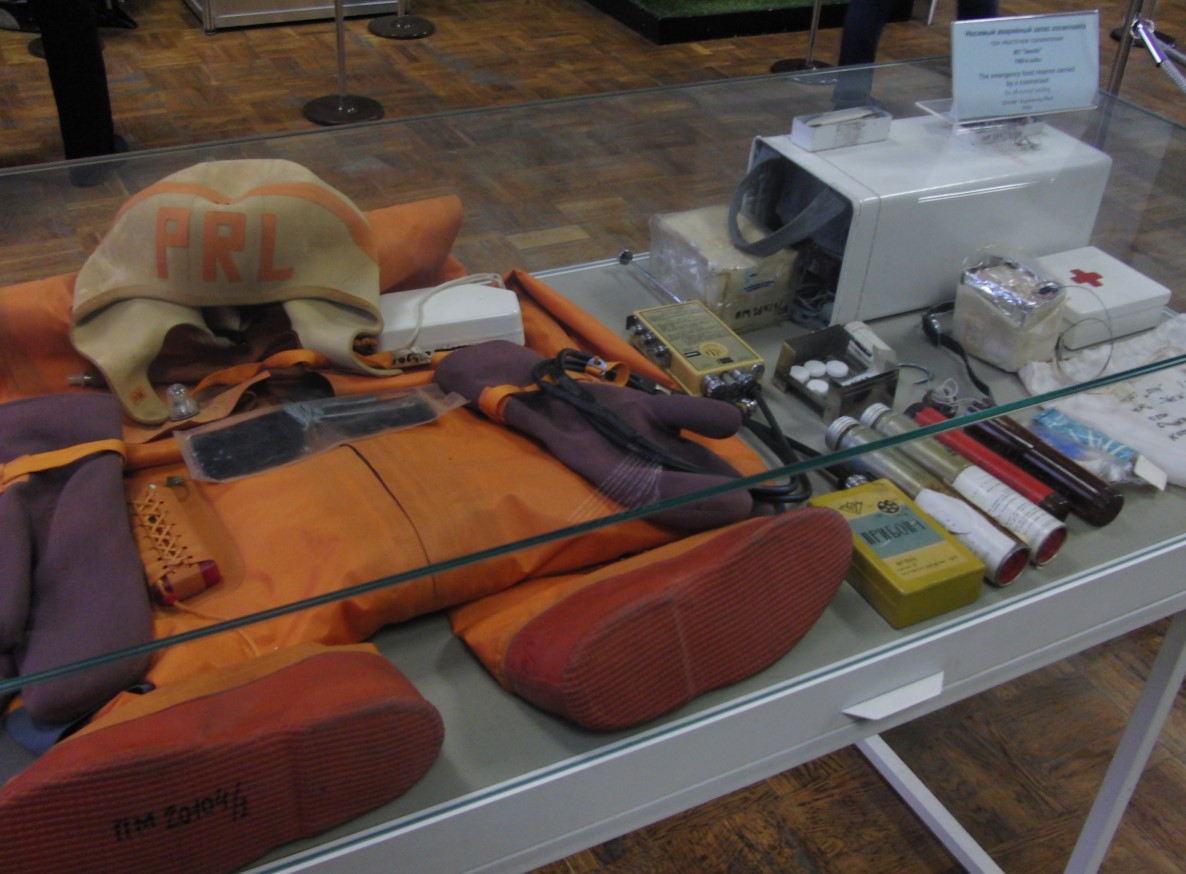Stepping into the wild for the first time changes something in you. The forest air feels heavier, the silence is almost alive, and every sound has meaning. But while nature gives you beauty and freedom, it also demands preparation.
Outdoor survival isn’t just about endurance; it’s about equipping yourself with the right tools to handle the unpredictable. Gear, in that sense, is more than stuff you pack; it’s your safety net, your home, and your lifeline rolled into one.
Let’s get into what truly matters when you’re building your first survival kit, why quality matters more than quantity, and how every beginner can start smart without overpacking or overspending.
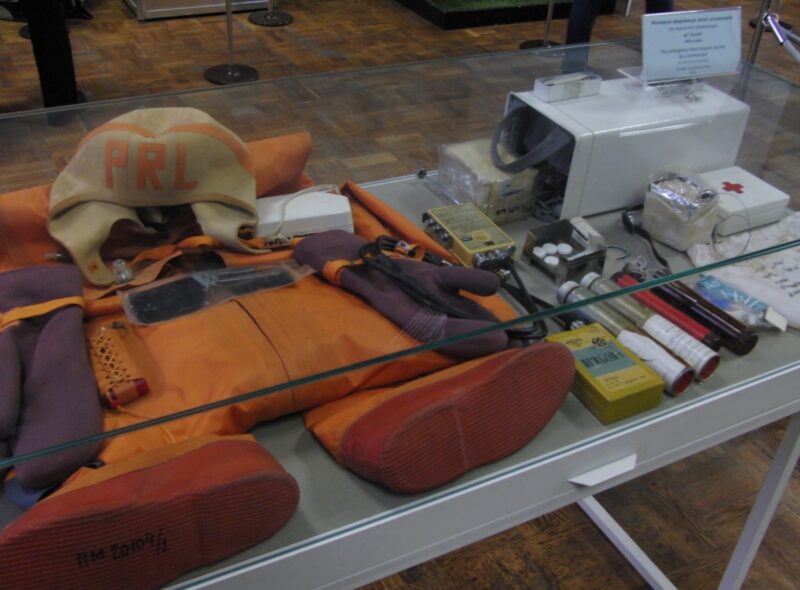
Building the Foundation
When everything goes wrong outdoors, the weather turns, you get lost, or supplies run thin: the essentials will determine how you get through it.
For example, when preparing for extreme conditions, some experienced campers even include level IV plates in their gear for additional protection during high-risk expeditions or remote travel.
Every survival setup starts with five key pillars: shelter, fire, water, food, and navigation. Nail those, and you can handle most situations nature throws at you.
Shelter
Exposure kills faster than hunger or thirst. Staying dry and warm is priority number one, which is why shelter gear is mandatory.
For beginners, keep it simple:
- Tarp or bivy sack: Lightweight, compact, and easy to deploy. A tarp can serve as a roof, groundsheet, or windbreak.
- Tent: If weight isn’t a concern, a one-person or two-person backpacking tent adds serious comfort and bug protection.
- Sleeping bag: Choose a temperature rating at least 10°F lower than the coldest night you expect. Synthetic bags handle moisture better than down.
- Sleeping pad: Often underestimated. It keeps you insulated from the cold ground, preserving body heat.
If you’re hiking into unpredictable weather, always carry a space blanket. It weighs almost nothing but can reflect heat back to your body when temperatures drop suddenly.
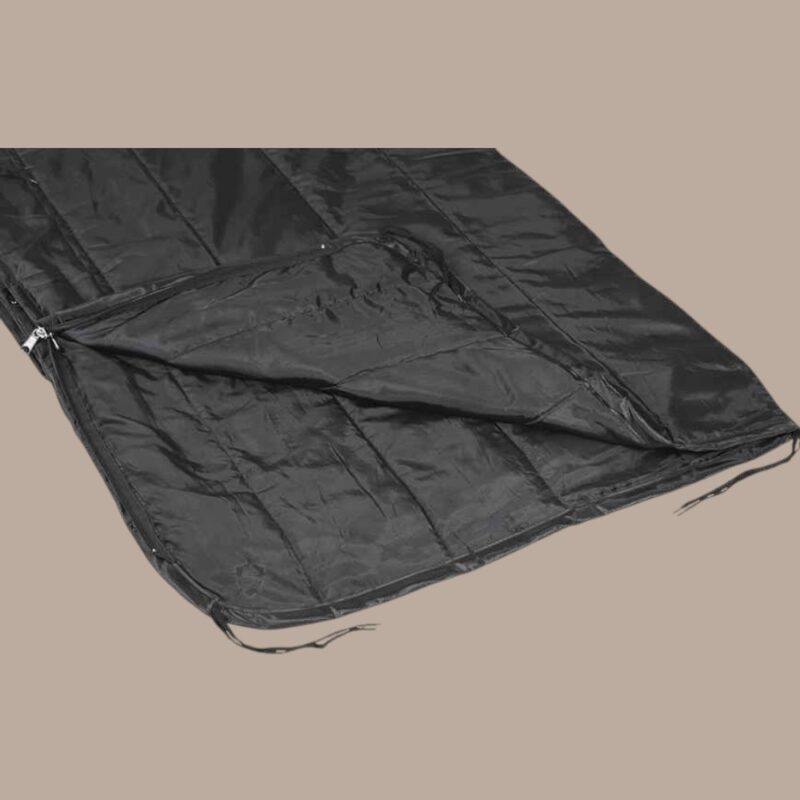
Fire
Fire is warmth, safety, and even psychological comfort when you’re alone outdoors. But relying on one lighter or a box of matches is a rookie mistake.
Always pack at least three fire-starting methods:
- Butane lighter or stormproof lighter: Reliable, fast, and easy.
- Waterproof matches: As backup. Store them in a sealed container.
- Ferrocerium rod (ferro rod): Works even when wet and lasts for thousands of strikes.
For tinder, cotton balls soaked in petroleum jelly or waxed wood shavings work well. Store them in a small waterproof bag. Beginners often forget that wet wood and cold air can make fire-starting slow, so practice at home before relying on it outdoors.
A good fire is a signal, a cooking tool, and sometimes the difference between a long night and a safe morning.
Water
Humans can survive for weeks without food but only a few days without water. And in many environments, finding clean water is far harder than people assume.
Every beginner should carry:
- Two liters of water storage capacity: Whether that’s a canteen, Nalgene, or hydration bladder.
- Filtration system: A simple pump filter, gravity bag, or straw-style filter like a Sawyer Mini or LifeStraw.
- Water purification tablets: Compact backup for emergencies when filters fail or freeze.
If you’re setting up camp near natural water sources, bring a collapsible bucket or bag for hauling. And always filter or boil water before drinking, even from seemingly clear mountain streams. Contaminants like Giardia don’t care how pristine the landscape looks.
Food
You don’t need a gourmet setup to survive in the wild. You need calorie-dense, lightweight, and easy-to-prepare food.
Good beginner-friendly choices include:
- Freeze-dried meals (add boiling water, wait 10 minutes)
- Energy bars and trail mix
- Instant oatmeal packets
- Jerky and dried fruit
- Peanut butter or nut butter pouches
Carry a small camping stove or folding burner with a fuel canister. Even a minimalist setup lets you boil water for meals and purification. A titanium pot or mess tin doubles as both a cooking vessel and a container for collecting water.
When packing food, calculate roughly 2,500–3,000 calories per day for an average adult doing moderate activity outdoors.
Navigation
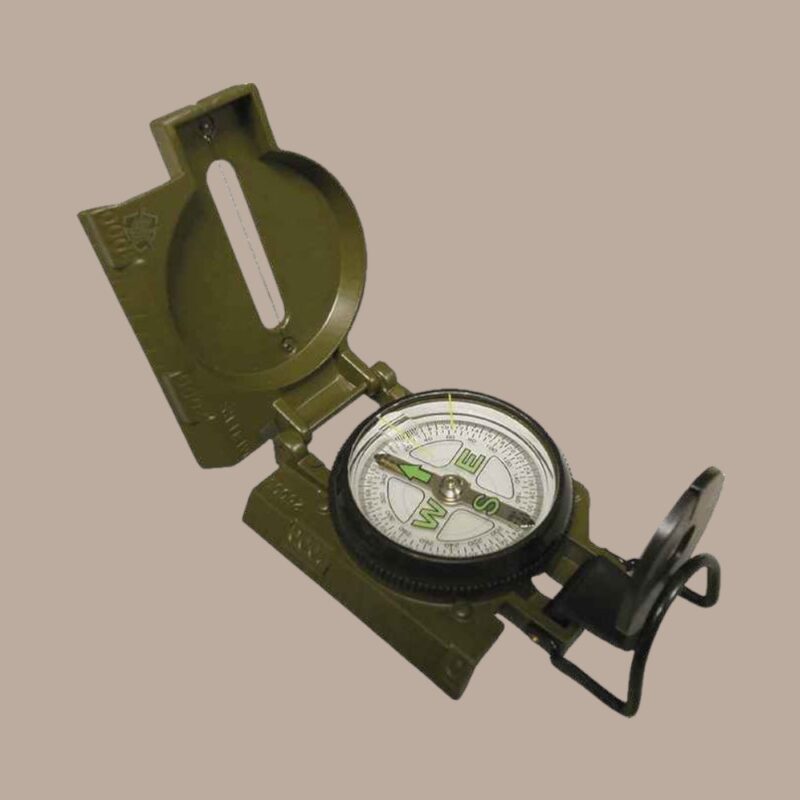
Getting lost is easier than most people think. A dense forest, fog, or even a wrong turn can disorient anyone.
Always bring:
- Map and compass: Learn how to use them before heading out.
- GPS device or smartphone with offline maps: Handy, but never your only option.
- Backup battery or solar charger: Cold drains batteries faster than you’d expect.
Keep your navigation tools in a waterproof pouch. Even seasoned hikers have gone astray from relying solely on electronics that failed in bad weather.
Clothing
You can’t control the weather, but you can control how well you handle it. Proper clothing makes the difference between a manageable challenge and a dangerous situation.
The Layering Principle
Always think in layers so you can adapt to conditions:
- Base layer: Wicks moisture away from skin. Merino wool or synthetics work best.
- Mid layer: Retains body heat. Fleece or lightweight down jacket.
- Outer shell: Protects from rain and wind. Go for breathable waterproof materials like Gore-Tex or eVent.
Avoid cotton entirely, as it soaks up moisture and dries slowly, which can lead to hypothermia.
Additional Essentials
- Headgear: Keeps heat in and sun off. A wool beanie for cold weather and a brimmed hat for sun.
- Gloves: Waterproof outer gloves with a thin liner pair underneath give flexibility and warmth.
- Footwear: Durable hiking boots with solid ankle support. Break them in before your trip to prevent blisters.
Always carry extra socks. Dry feet prevent fungal infections and frostbite in cold climates.
Tools That Make Survival Possible
When things go wrong, your tools bridge the gap between being helpless and being resourceful. Every beginner should invest in a few quality, multi-purpose tools rather than a bag full of gadgets.
Knife
A sturdy knife is your best friend outdoors. Choose one with a full tang (the blade extends through the handle) for strength. It should be sharp enough to cut rope, slice food, and carve wood for kindling.
Good knives handle everything from building shelters to skinning small game. Keep it sharp and always in a sheath.
Multi-tool
A quality multi-tool with pliers, screwdrivers, scissors, and blades saves time and space. It’s perfect for gear repairs, food prep, or minor medical needs.
Cordage and Tape
A 50-foot paracord is invaluable for shelter setup, hanging food away from animals, or making emergency repairs. Add a small roll of duct tape; there’s almost nothing it can’t temporarily fix.
Lighting
Bring at least two light sources:
- Headlamp: Keeps hands free.
- Backup flashlight: With fresh batteries stored separately.
Modern LED headlamps run for dozens of hours, but cold weather drains batteries quickly, so carry spares.
First Aid and Safety Gear

Even small injuries can become serious without proper care outdoors. A first aid kit should be personal and complete.
Basic Medical Kit
Your survival first aid kit should include:
- Adhesive bandages and gauze
- Medical tape and antiseptic wipes
- Tweezers and small scissors
- Elastic wrap for sprains
- Pain relievers and antihistamines
- Antibiotic ointment
- Moleskin for blisters
If you have allergies, carry your prescribed medication or an EpiPen. Label everything and keep the kit in a waterproof pouch.
Signaling Gear
If you’re lost or injured, you’ll need to attract attention. Pack at least:
- Whistle: Louder and more consistent than shouting.
- Signal mirror: Visible for miles in sunlight.
- High-visibility vest or fabric: Easy to spot from the air.
- Personal locator beacon (PLB) or satellite messenger: Not cheap, but priceless when stranded far from help.
Staying Fed, Warm, and Dry
Gear is half the equation. The other half is how you use it. Beginners often carry too much or pack the wrong priorities. Think in terms of function, not flash.
Smart Packing

Keep your gear organized so you can reach essentials quickly. Use dry bags or compression sacks to separate categories: shelter, food, clothing, and tools. Heavy items go close to your back, balanced evenly on both sides.
A good pack layout might look like this:
| Category | Example Items | Purpose |
| Top Pocket | Headlamp, map, snacks | Quick access |
| Main Compartment | Tent, sleeping bag, clothing | Core gear |
| Side Pockets | Water bottles, filter | Hydration |
| Front Pocket | Rain jacket, first aid | Urgent use |
Keep critical items like fire starters and knives on your person, not deep inside your backpack.
Fire Discipline and Food Safety
When setting up camp, pick a fire spot downwind from your shelter. Clear debris, ring it with stones, and keep water or sand nearby for control. Never leave it unattended.
For food, store supplies in bear-proof containers or hang them from a tree branch at least 12 feet above ground and 6 feet from the trunk. Scavengers have sharp noses and little respect for your meal plans.
Mental Readiness
Survival isn’t just about tools. It’s a mindset. Staying calm, methodical, and deliberate under pressure keeps mistakes from multiplying. Beginners often panic when plans change. The key is preparation, not perfection.
Before any trip:
- Practice using your gear in your backyard or local park.
- Learn to set up your shelter blindfolded or in the dark.
- Test your fire-starting skills in wet weather.
- Familiarize yourself with your area’s terrain and wildlife.
Confidence comes from repetition, not gear labels.
A Closer Look
Once you’ve nailed the basics, a few extra items can make outdoor life much easier without adding too much weight.
| Gear Item | Why It Helps | Recommended Use |
| Compact shovel | Dig fire pits, latrines, or snow shelters | Short trips or winter conditions |
| Portable solar charger | Keeps devices powered off-grid | Long treks or GPS dependence |
| Bug net | Prevents bites and poor sleep | Humid or mosquito-heavy areas |
| Waterproof notebook | For notes, maps, or journaling | Expeditions or research trips |
| Carabiners and clips | Quick attachment for tools | Backpack organization |
Keep your add-ons light. Every ounce counts after a few miles uphill.
How to Choose Quality Without Overspending
Beginners often assume survival gear has to be expensive. In reality, you can build a reliable starter kit by prioritizing materials and design over brand names.
Here’s what to look for:
- Durability: Ripstop nylon, stainless steel, titanium, and solid stitching.
- Weight-to-strength ratio: Go lighter, but never fragile.
- Ease of use: No complex mechanisms. When hands are cold or tired, simplicity wins.
- Weatherproofing: Look for sealed seams, waterproof coatings, and rust resistance.
Start with mid-range gear and upgrade piece by piece as you gain experience. The outdoors will teach you what matters most.
The Importance of Regular Gear Checks
Your equipment is only as reliable as its condition. Before every trip, do a full inspection:
- Replace worn straps and cracked buckles.
- Test all fire-starting tools.
- Check filters for clogs.
- Inspect tents and tarps for tears or mildew.
- Recharge headlamps and power banks.
After returning, dry out everything before storage. Dampness destroys gear faster than rough terrain.
Respect for Nature and Minimal Impact
True survivalists know that thriving outdoors means leaving it better than you found it. Pack out all trash, minimize campfire impact, and stick to established trails when possible.
Use biodegradable soap if you wash dishes or clothes near water. Wildlife depends on those ecosystems staying clean.
A well-prepared adventurer doesn’t just survive; they coexist with the landscape responsibly.
Final Thoughts
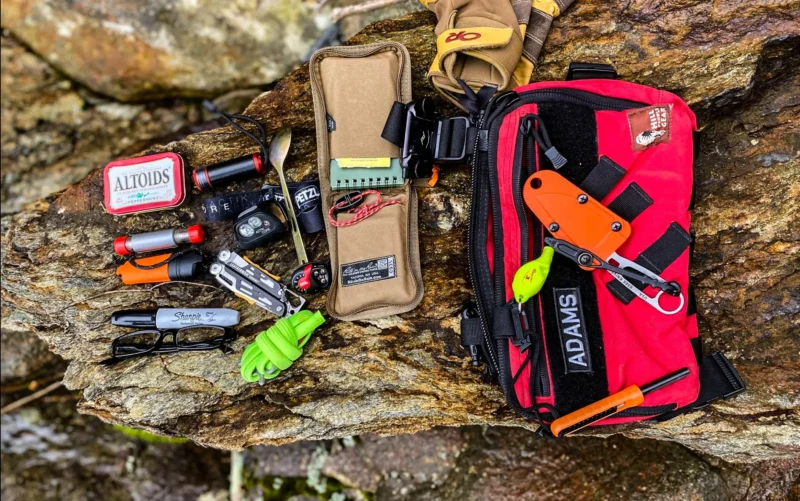
Outdoor survival gear isn’t about looking like a movie hero. It’s about self-reliance, awareness, and preparedness. Every knife, tarp, and filter you pack tells the same story: you value safety, respect nature, and take responsibility for yourself.
Start small, focus on fundamentals, and build from there. The gear will evolve with your experience, but the principles never change: stay warm, stay dry, stay calm, and stay ready.

